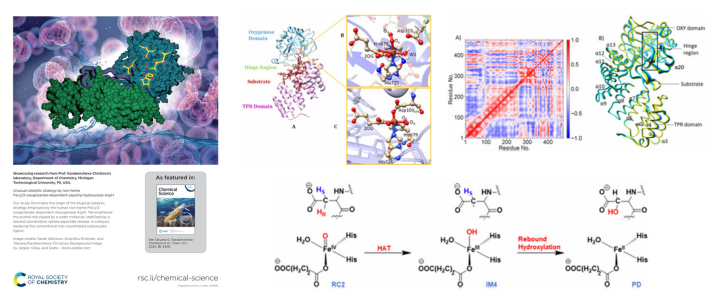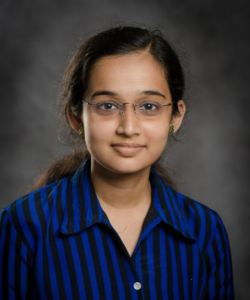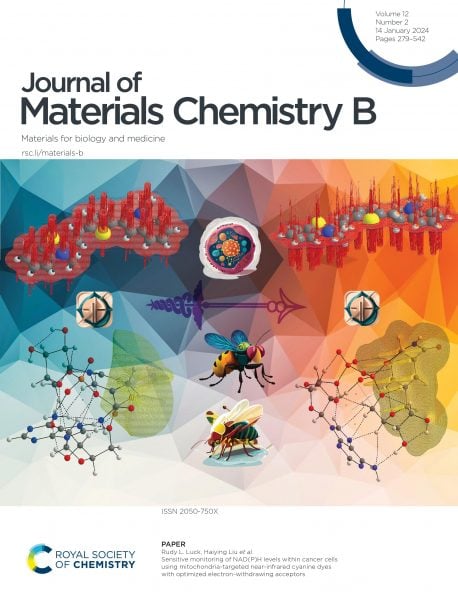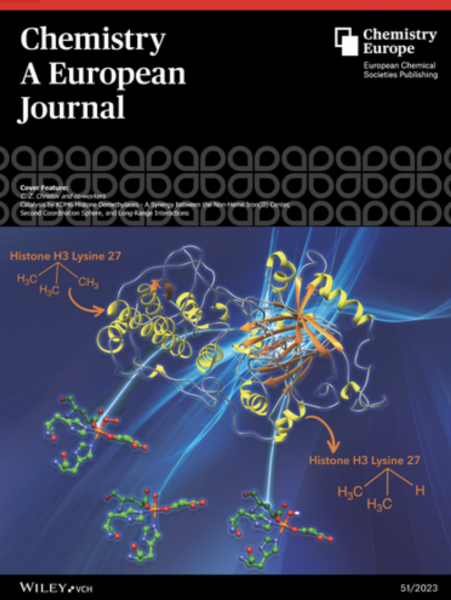A team from the Department of Chemistry at Michigan Technological University has published an article in the American Chemical Society (ACS) journal Biochemistry.
The MTU team is led by Christo Z. Christov and includes Ph.D. students Midhun G. Thomas and Simahudeen Bathir J.S. Rifayee. In addition, a team of Michigan State University researchers including Shramana Chatterjee, Mathia Fellner, and Joel Rankin, led by Jian Hu and Robert Hausinger, are collaborators in this study.

Professor of Chemistry

Ph.D. student of Chemistry

Ph.D. student of Chemistry
The article is titled “Structural, Spectroscopic, and Computational Insights from Canavanine-Bound and Two Catalytically Compromised Variants of the Ethylene-Forming Enzyme.” This study on the Fe(II)/2-oxoglutarate-dependent ethylene-forming enzyme (EFE) reveals how the change of key residues in the second coordination sphere and the binding of alternative substrates influence the EFE’s structure-function relationships and can be used for increasing the ethylene production.
The research is supported by NSF grants 1904215 and 2203630 to C.Z.C. and 1904295 and 2203472 to R.P.H. and J.H.”
About the Chemistry Department at Michigan Tech
Chemists at Michigan Technological University help students apply academic concepts to real-world issues and advance research making contributions to health and well-being, environmental protection, responsible use of materials, and climate stabilization. The Chemistry Department offers five undergraduate degrees, an MS and PhD in Chemistry, and an accelerated MS. Supercharge your chemistry skills to meet the demands of a technology-driven society at a flagship public research university powered by science, technology, engineering, and math. Graduate with the theoretical knowledge and practical experience needed to solve real-world problems and succeed in academia, research, and tomorrow’s high-tech business landscape.
Questions? Contact us at chemistry@mtu.edu. Follow all the latest happenings on the Chemistry Blog










